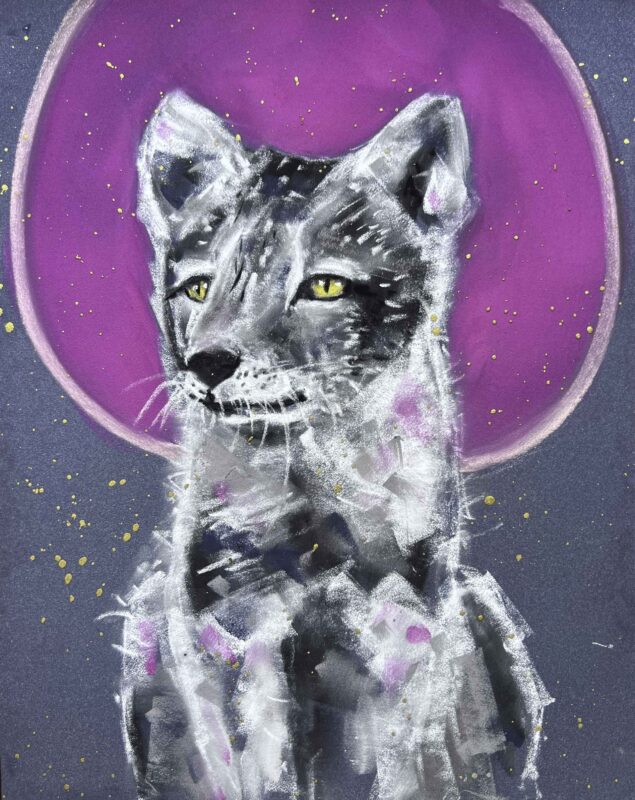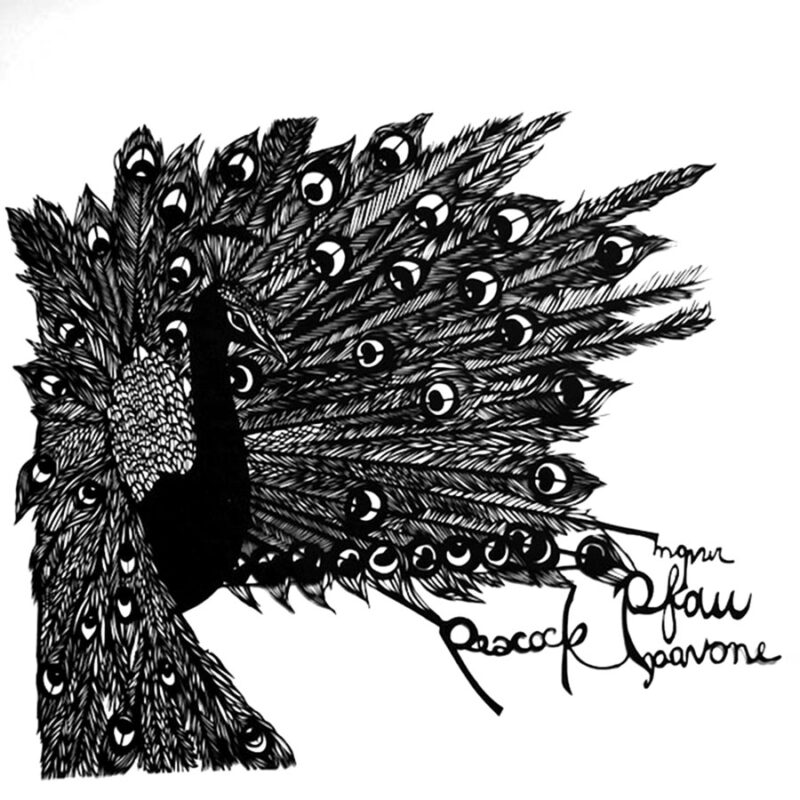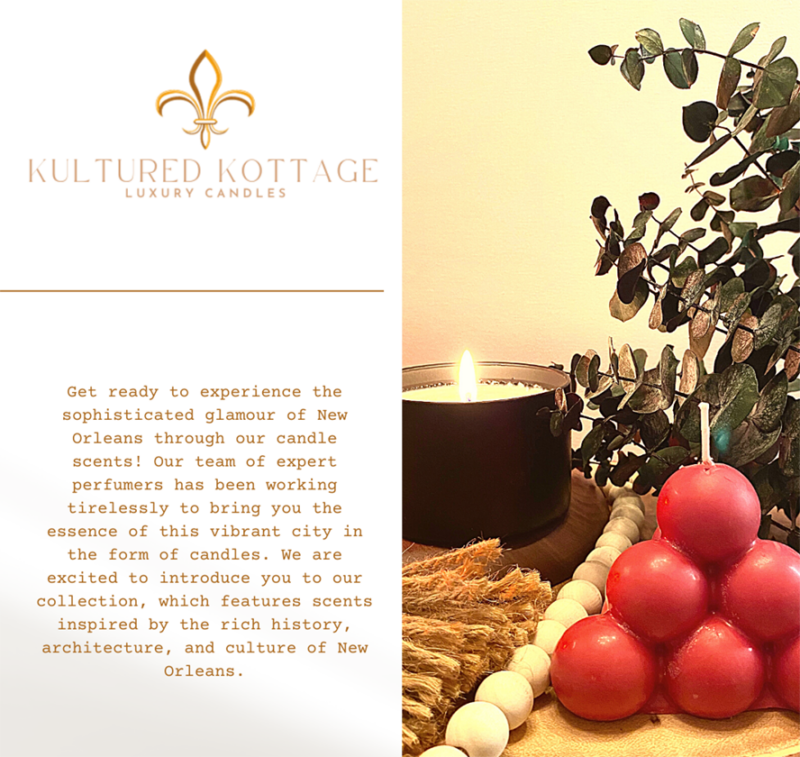Jenny Windler Jewelry

Jenny Windler Jewelry About: Jenny Windler is a jewelry artist based in El Cerrito, CA. Her love of functional objects, industrial design, and architecture are mixed with daily observations of chaos, decay, and the natural world to inform her jewelry designs. Website: jennywindler.com Jenny Windler Jewelry will be at the Holiday Arts Festival from 10am to […]
JenniferLindermanArt

JenniferLindermanArt About: I am a self-taught artist with a passion for teaching. I teach in-person classes at a variety of studios in the East Bay and also teach my own mixed media classes online via Zoom. I love to draw and paint animals, botanicals, and landscapes! Website: www.jenniferlindermanart.com JenniferLindermanArt will be at the Holiday Arts Festival […]
Iris Chiu Art

Iris Chiu Art About: Iris Chiu is an artist who enjoys revealing the beauty and innocence of nature and animals, reaching out to people through vibrant colors and expressive brushstrokes on canvas and wood panels. Also available are art prints, cards, stickers and wood jewelry. Website: www.irischiuart.com Iris Chiu Art will be at the Holiday Arts […]
Illustrations by SENDY

Illustrations by SENDY About: Sendy Santamaria is an illustrator from San Diego currently based in San Pablo, California. She enjoys storytelling with multiple mediums. Her work celebrates everyday narratives and Chicanx culture. Website: www.sendysantamaria.com Illustrations by SENDY will be at the Holiday Arts Festival from 10am to 5pm on Sunday, December 3 at Richmond Art Center, […]
HollyPapercuts

HollyPapercuts About: HollyPapercuts is a line of 3D papercut art cards depicting natural habitats. Handmade in the San Francisco Bay area. Original graphics featured. Giclee prints, large-format papercuts and holiday specials included. Website: hollypapercuts.com/collections HollyPapercuts will be at the Holiday Arts Festival from 10am to 5pm on Sunday, December 3 at Richmond Art Center, 2540 Barrett […]
HK Ceramics

HK Ceramics About: I have lived on the California coast my entire life and my inspiration for my ceramics come mostly from the sea and the sea life and colors from within its vast landscape. I most often work in porcelain clay due to its translucent capabilities. HK Ceramics will be at the Holiday Arts […]
Hats and Spats & Tinybully Knits

Hats and Spats & Tinybully Knits About: Hats and Spats and Tinybully Knits are a mother daughter team who complement each other’s work making hand knit and crocheted clothing. Our character hats, gloves, toys and accessories are fun and fanciful creations for the whole family. Facebook: www.facebook.com/tinybullyknits Hats and Spats & Tinybully Knits will be at […]
Girls Curls Jewelry

Girls Curls Jewelry About: We are mother/daughter local vendors who create unique leather bracelets for everyone! All clasps are magnetic. All leathers are from Europe. Instagram: @girlscurlsjewelry Girls Curls Jewelry will be at the Holiday Arts Festival from 10am to 5pm on Sunday, December 3 at Richmond Art Center, 2540 Barrett Avenue, Richmond. CLICK HERE to return […]
Eyes For Trees

Eyes For Trees About: My work is dedicated to the memory of a late co-worker of mine. He was with me on a hike when I found the first piece of wood that I used. A lot of my inspiration in the beginning was drawn from him and his vision. I wish he could have […]
Kultured Kottage

Kultured Kottage About: Welcome to Kultured Kottage, a brand that embodies the sophisticated glamour of New Orleans. Our luxury candle line, named and scented after the city’s most iconic landmarks, is the perfect addition to any home seeking to capture the essence of the Big Easy. Instagram: @kultured_kottage Kultured Kottage will be at the Holiday Arts […]
